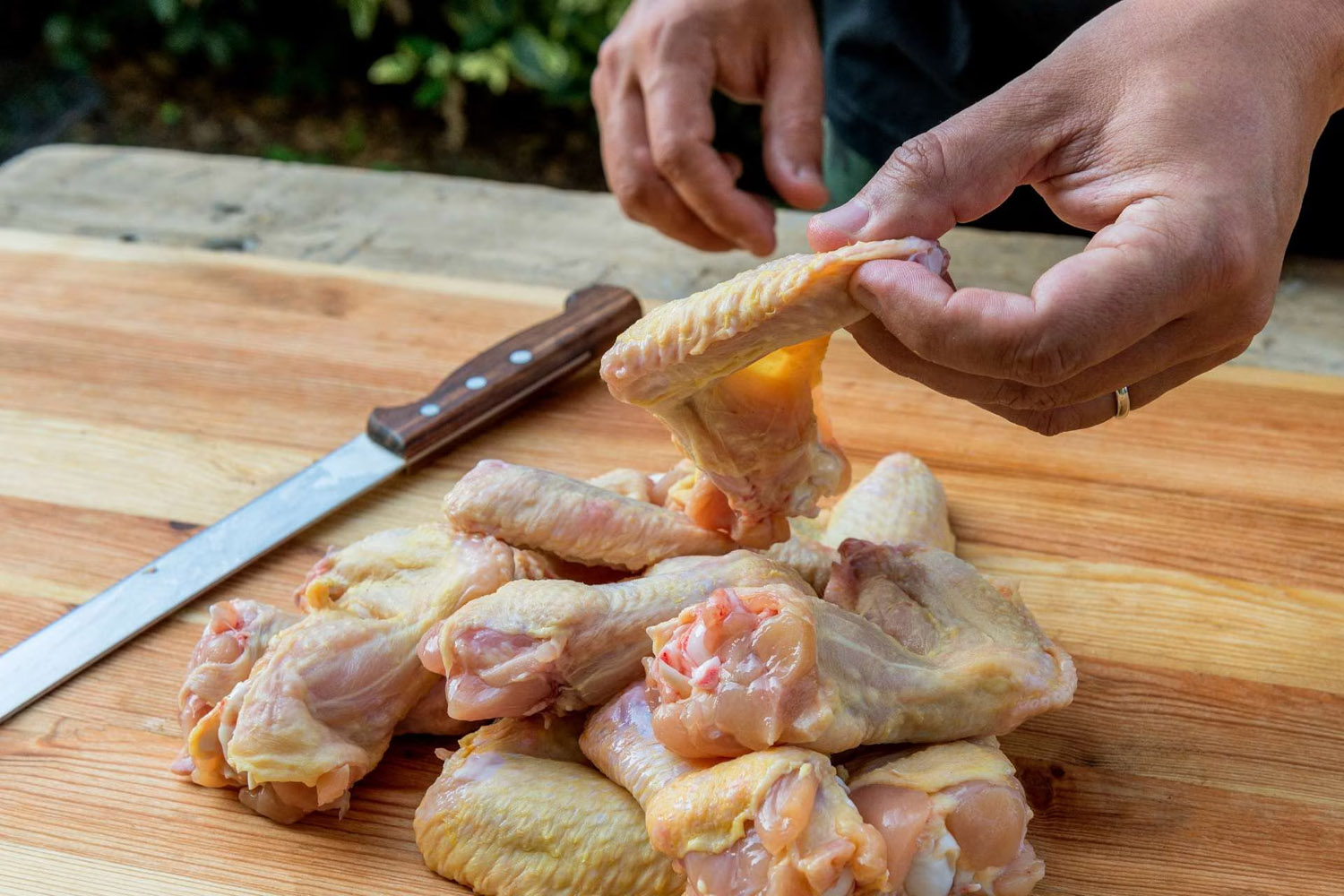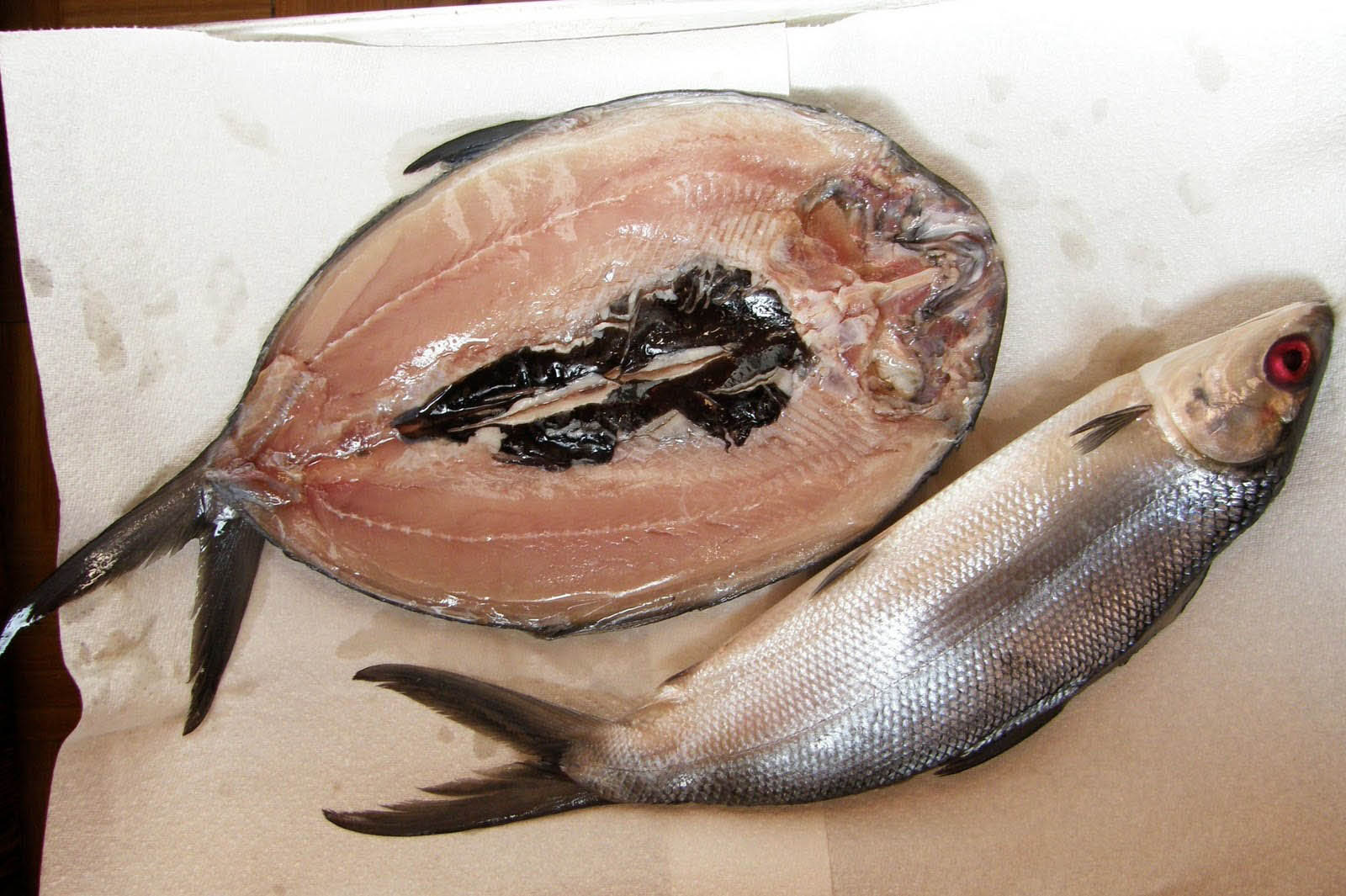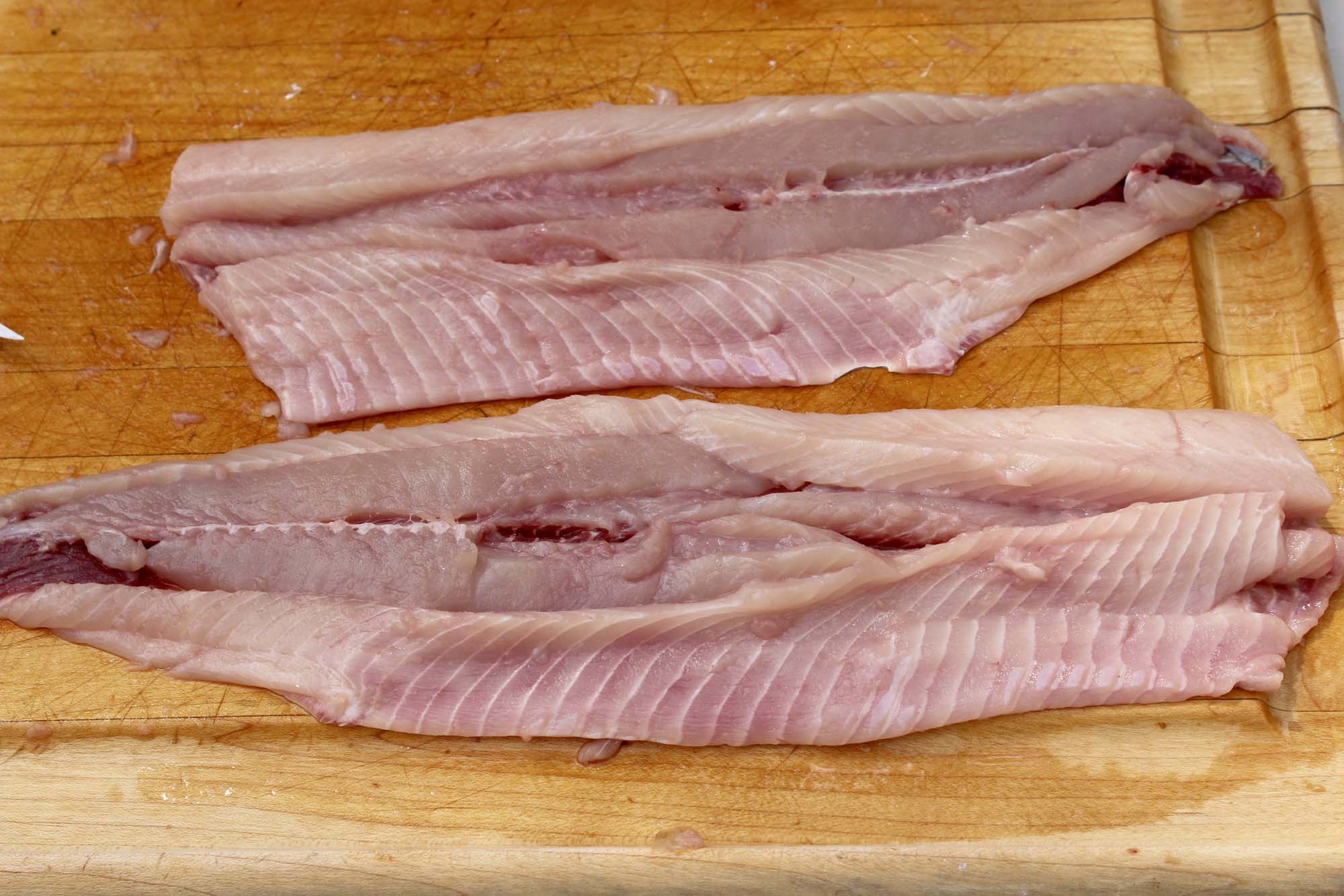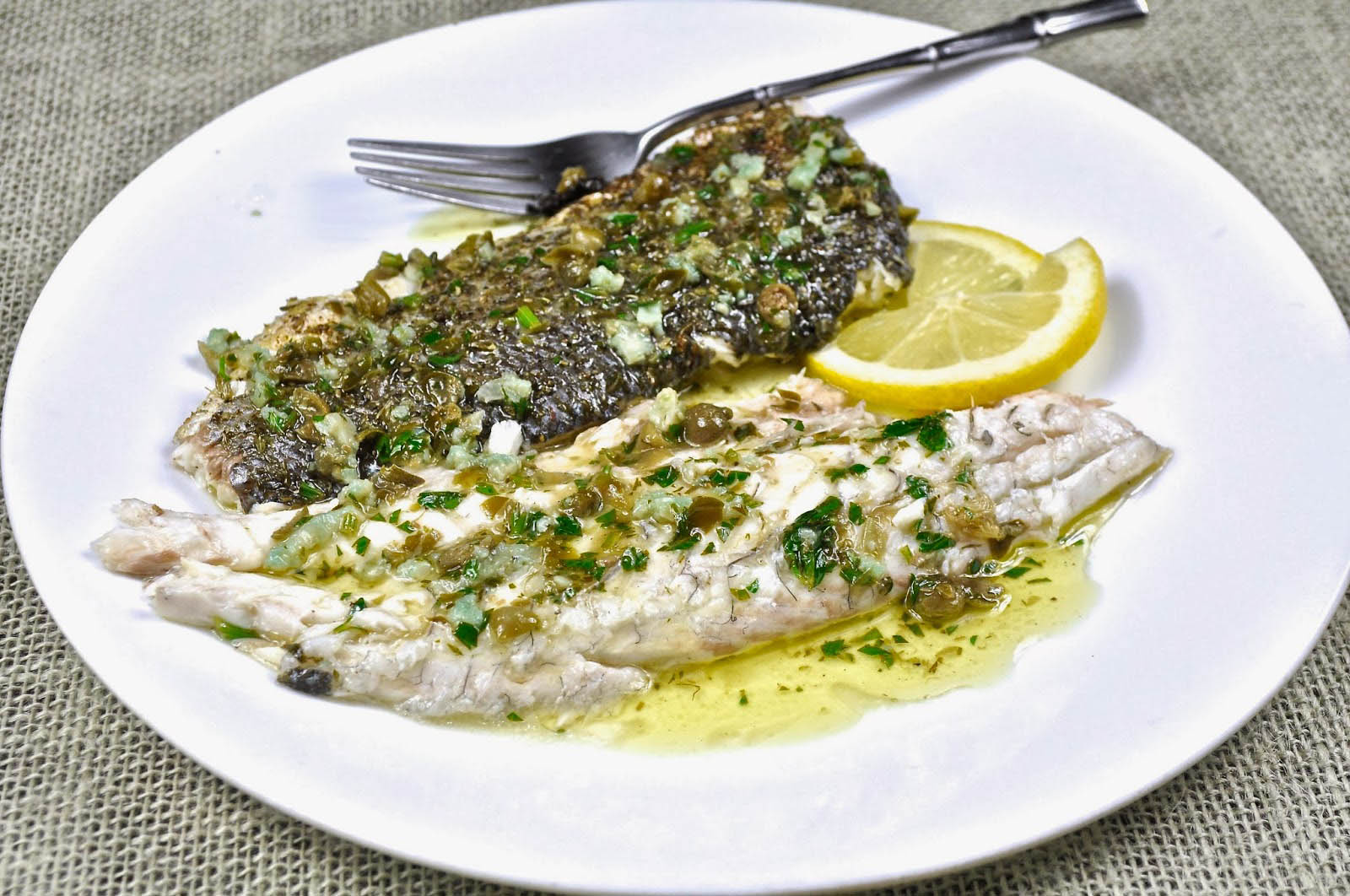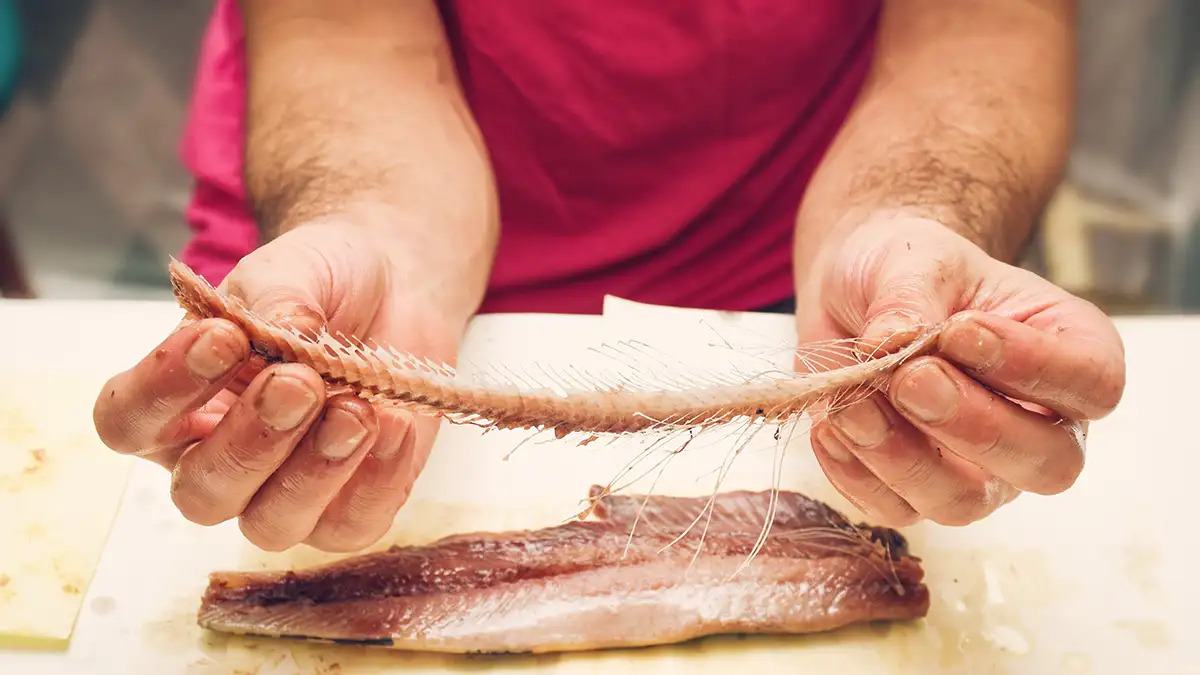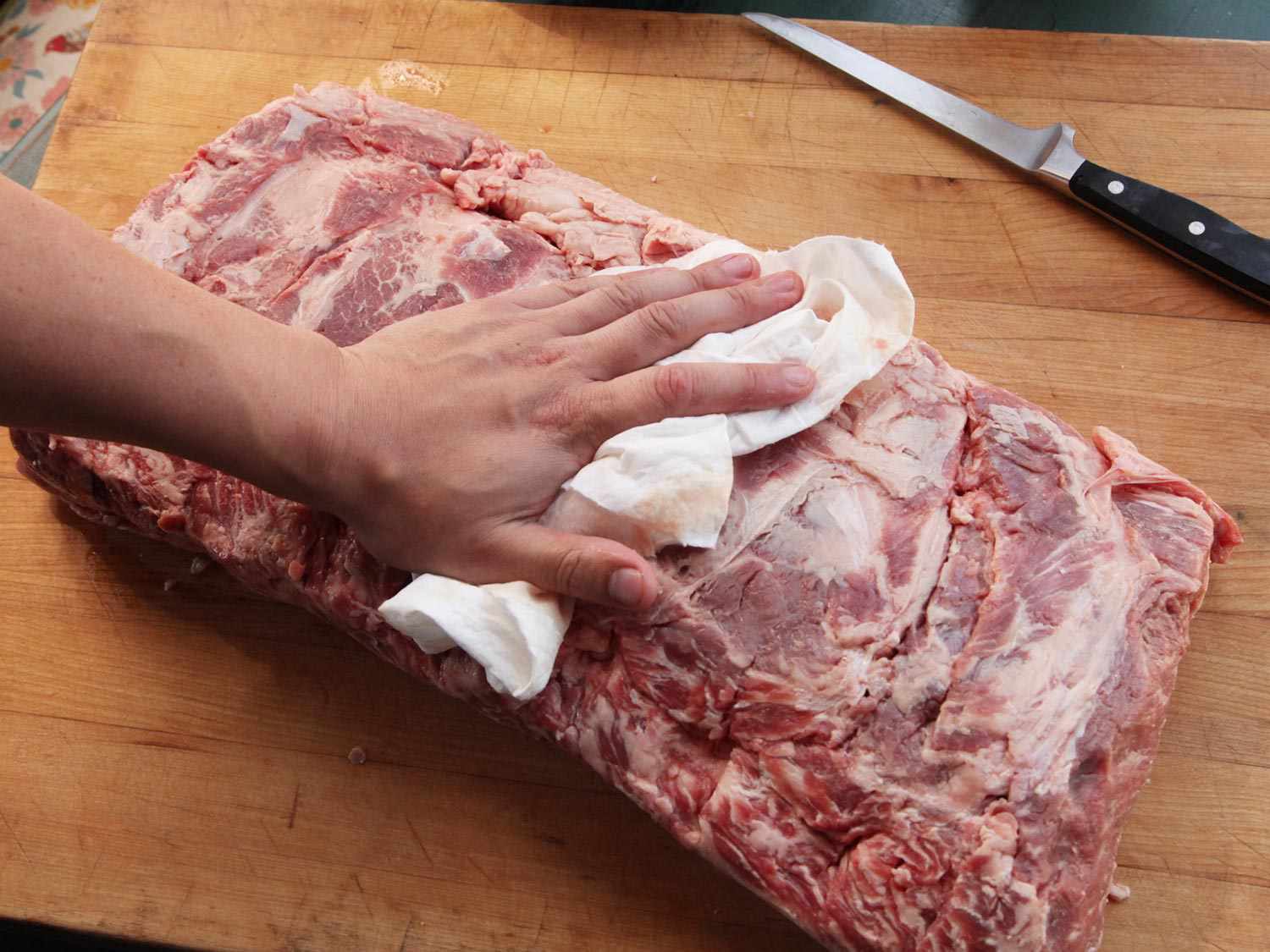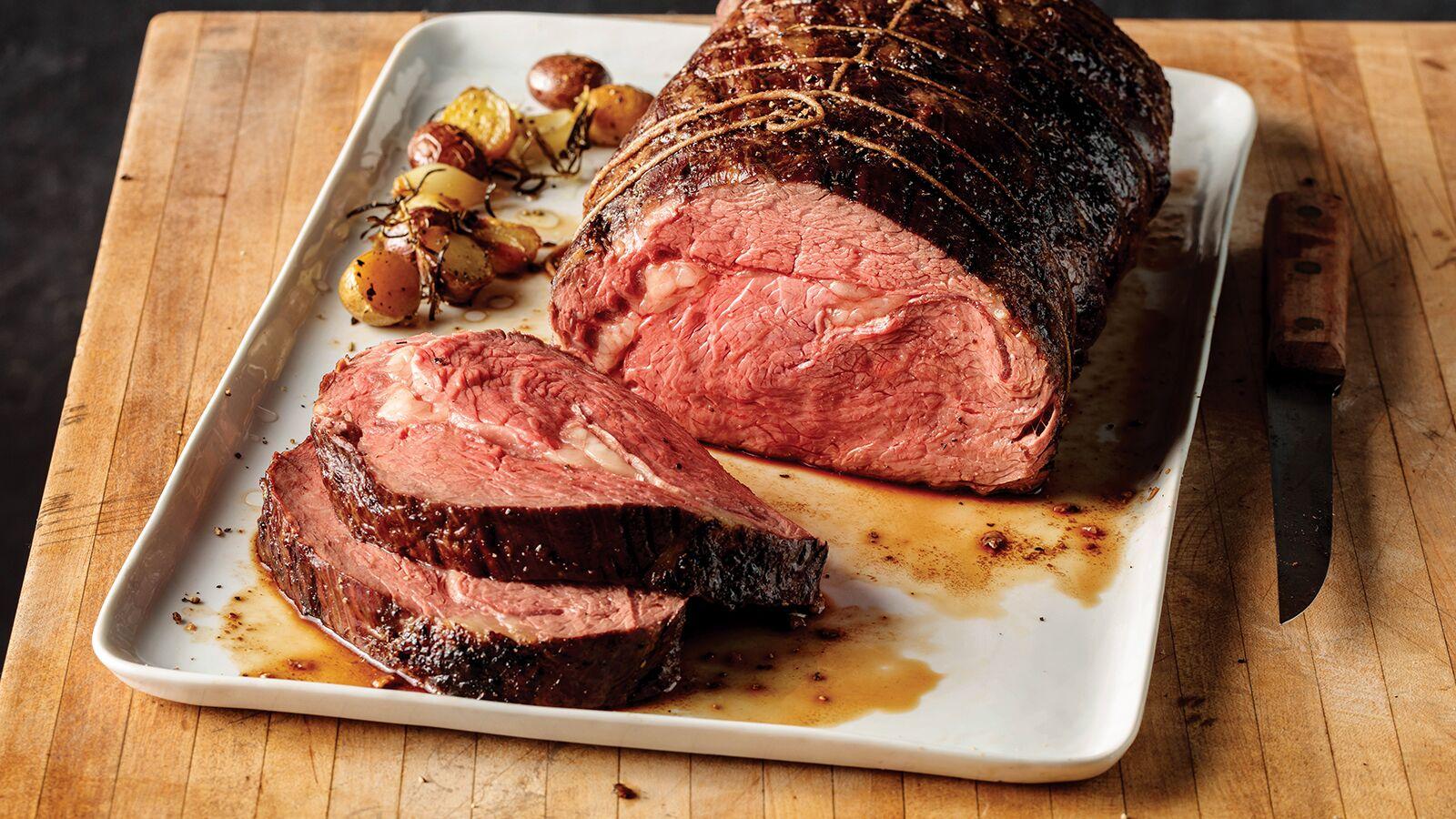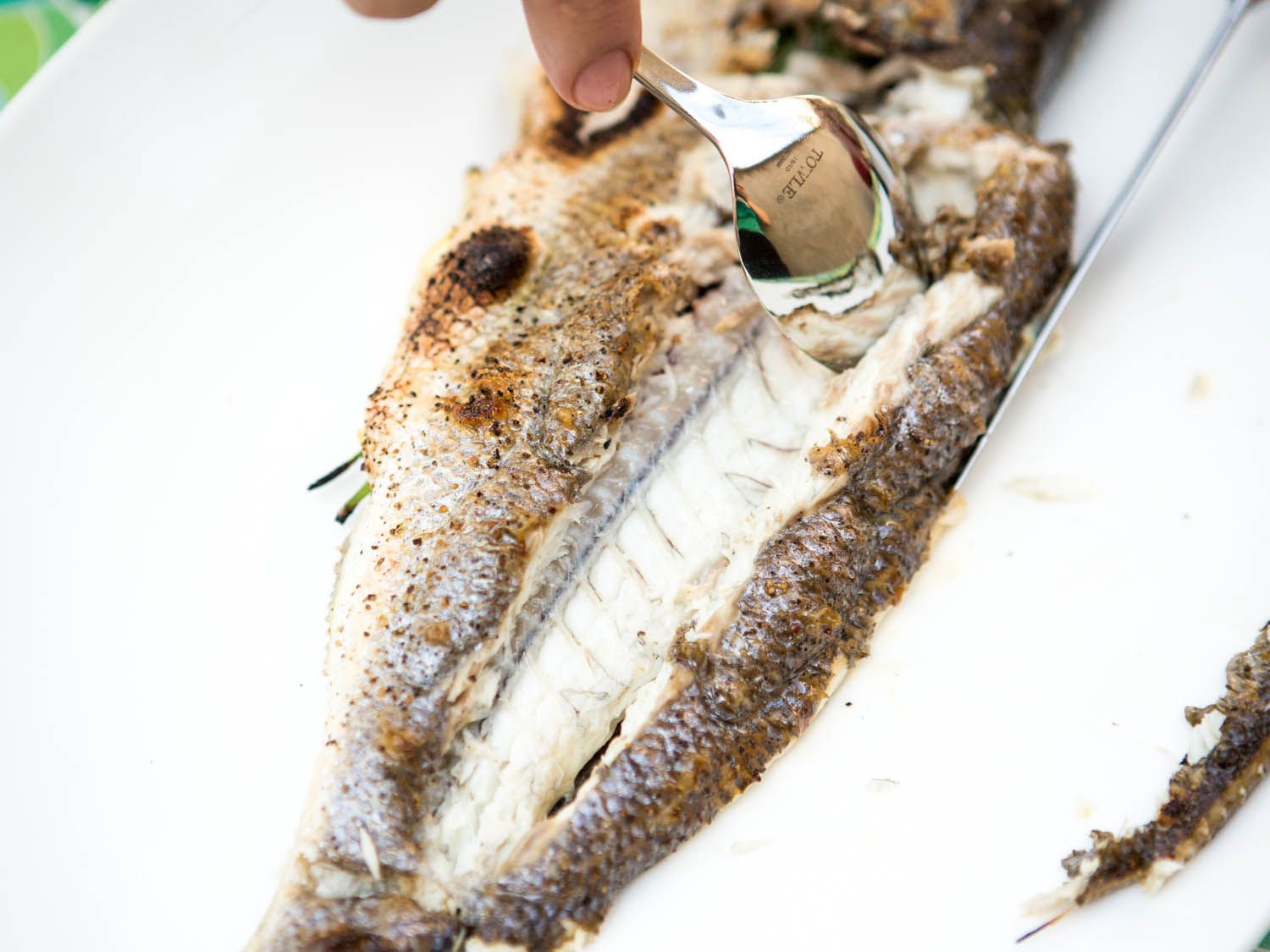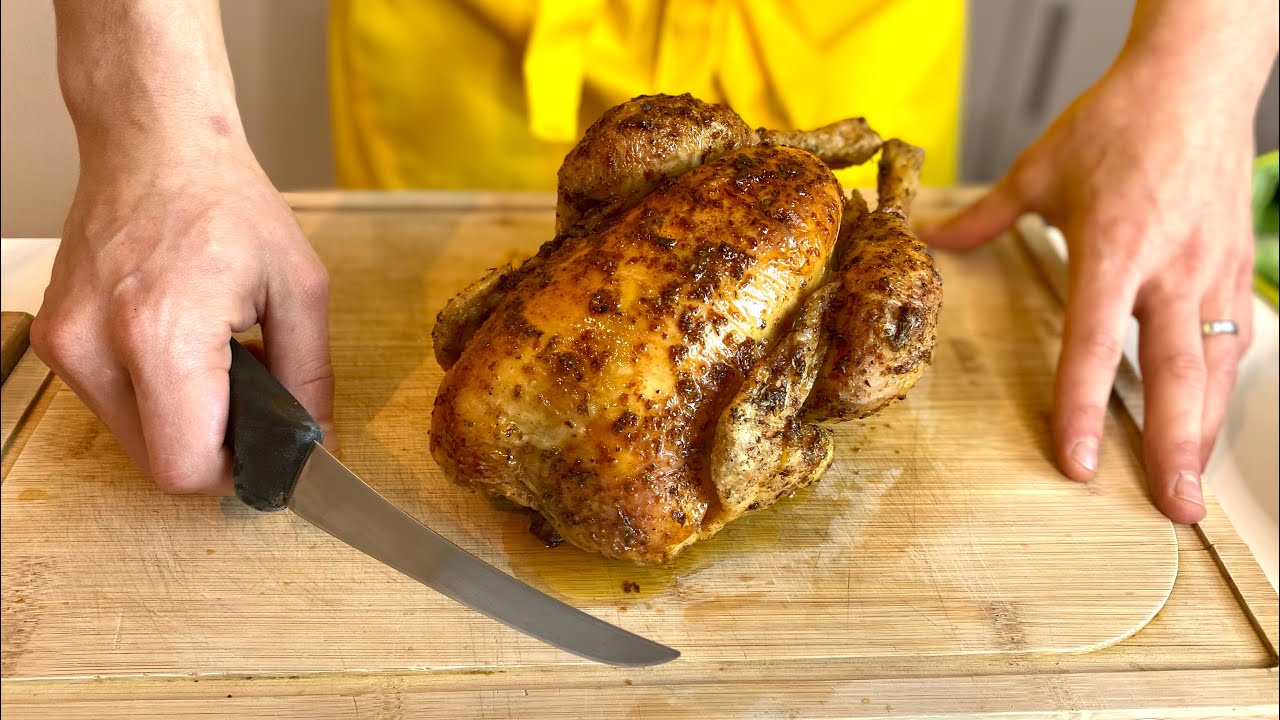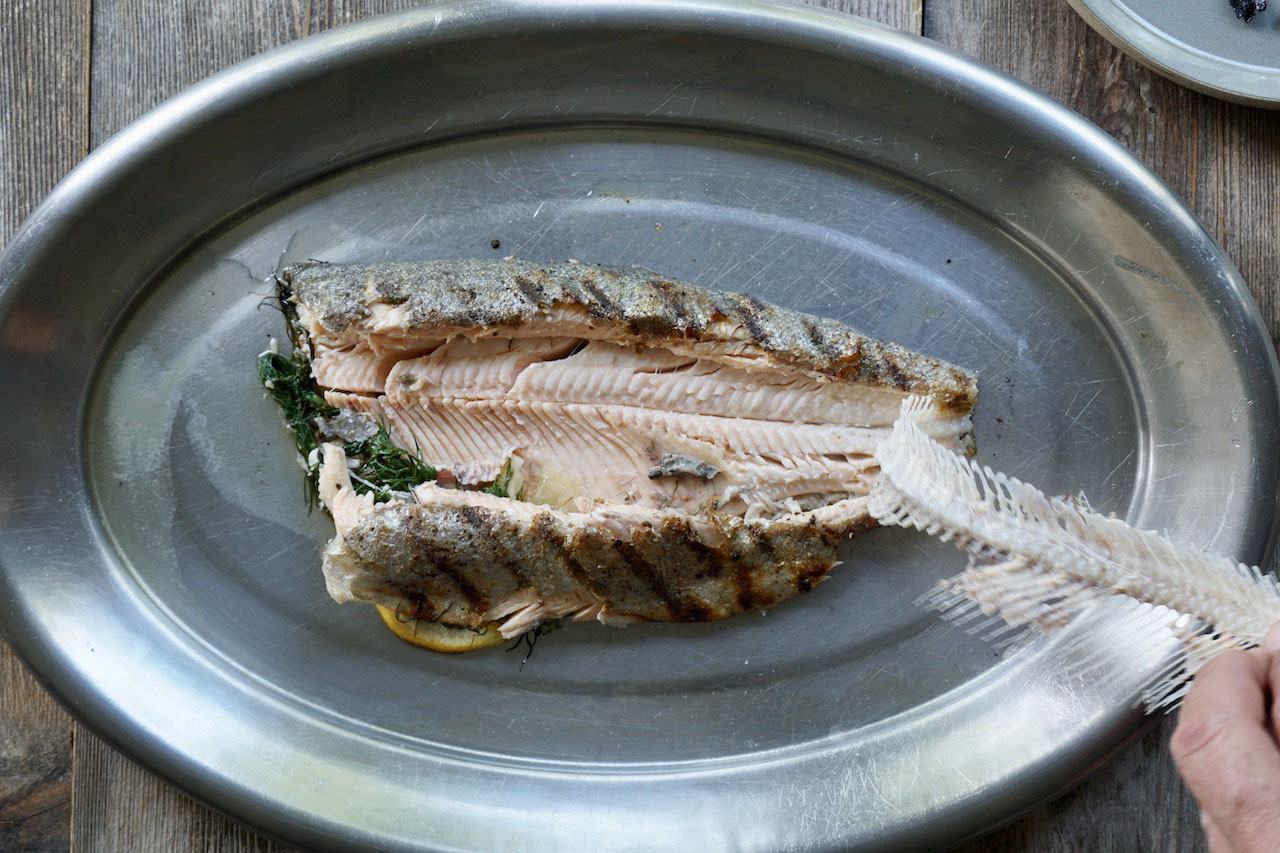Deboning Perch: A Beginner’s Guide
Deboning perch may seem like a daunting task for those new to cooking or handling fish, but with the right technique, it can be a rewarding and enjoyable experience. Perch is a delicious and versatile fish, and learning how to debone it opens up a world of culinary possibilities. Whether you plan to pan-fry, bake, or grill perch, removing the bones is essential for a pleasant dining experience. In this guide, we will walk you through the step-by-step process of deboning perch, so you can confidently prepare this delectable fish at home.
What You’ll Need
Before you begin the deboning process, gather the following items:
- Sharp fillet knife
- Cutting board
- Paper towels
- Bowl for discarding bones
Step 1: Prepare the Perch
Start by rinsing the perch under cold water and patting it dry with paper towels. Place the perch on a clean cutting board, ready for deboning.
Step 2: Make the Initial Incision
Using a sharp fillet knife, make a small incision just behind the gills and pectoral fin. Angle the knife towards the head of the fish and carefully cut along the dorsal fin towards the tail.
Step 3: Remove the Fillet
Once the initial incision is made, gently lift the fillet with one hand while using the knife to separate the flesh from the ribcage with smooth, deliberate strokes. Continue cutting along the backbone until the fillet is completely separated from the fish.
Step 4: Remove the Rib Bones
Lay the fillet skin-side down and carefully run the knife along the length of the rib bones to remove them from the flesh. Take your time to ensure all the bones are removed, using the paper towels to grip the slippery skin if needed.
Step 5: Check for Remaining Bones
After removing the rib bones, run your fingers along the fillet to check for any remaining pin bones. Use clean tweezers to pluck out any leftover bones, ensuring the fillet is completely bone-free.
Repeat the Process for the Second Fillet
Once you have deboned the first fillet, repeat the process on the other side of the perch to obtain the second fillet. With both fillets deboned, you are now ready to cook them according to your favorite recipe.
Final Tips
When deboning perch, it’s important to work slowly and carefully to avoid damaging the delicate flesh. Additionally, maintaining a sharp knife is crucial for clean and precise cuts. With practice, you’ll become more confident in your deboning skills and be able to enjoy the delicious taste of perch without the worry of bones.
Now that you’ve mastered the art of deboning perch, you can explore various cooking methods and flavor combinations to create delectable dishes that showcase the natural flavors of this delightful fish. So, roll up your sleeves, grab your fillet knife, and embark on a culinary adventure with deboned perch as your star ingredient!
Was this page helpful?
Read Next: How To Debone A Fresh Turkey Breast

